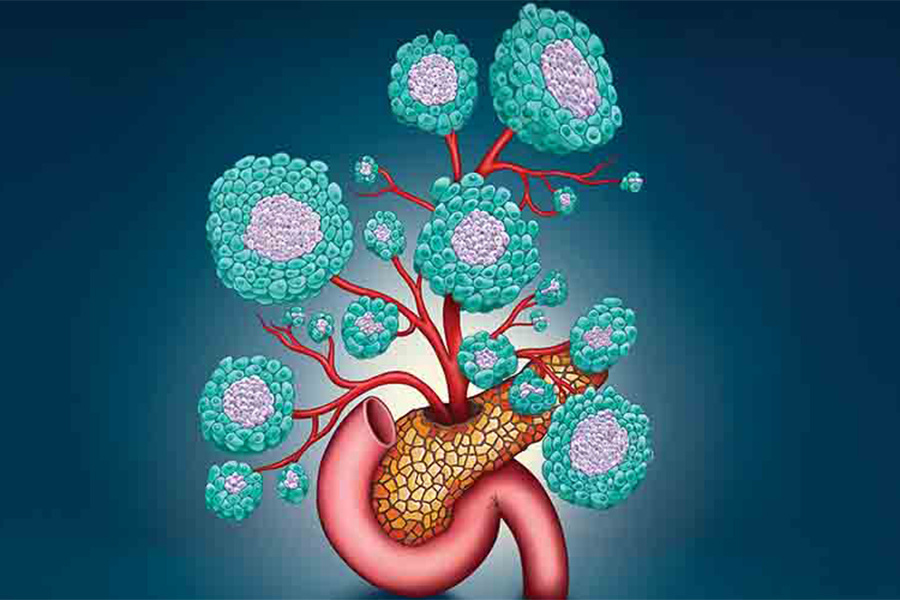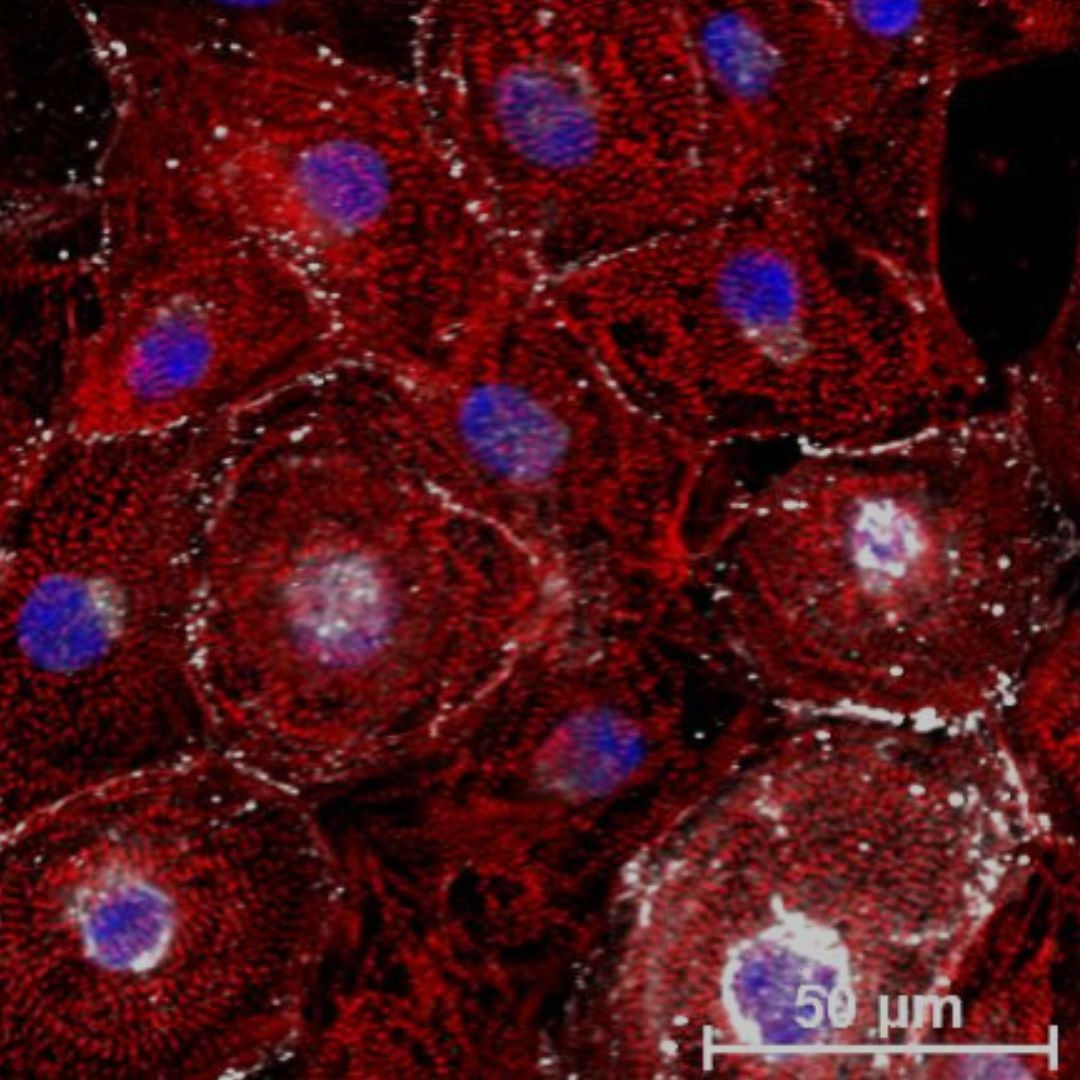
A recent breakthrough from UHN’s McEwen Stem Cell Institute has uncovered a key player in pancreatic development: immune cells known as macrophages.
These cells were found to play a supportive role in the growth and development of insulin-producing beta-like cells in the pancreas.
The pancreas aids in digestion and releases hormones that regulate blood sugar. However, human pancreas development is highly complex, and little is known about how certain cell populations, including immune cells, contribute to this process.
This is crucial because improper immune cell function during pancreatic fetal growth may lead to autoimmune diseases such as Type 1 diabetes.
Thursday, Nov. 14 is World Diabetes Day. It is marked each year on the birthday of Dr. Frederick Banting, who in 1922 co-discovered insulin along with Dr. Charles Best at the University of Toronto.
While previous evidence suggests that macrophages are important for organ formation, studying this in the human pancreas has been particularly challenging.
In the study, which was led by first author, Dr. Adriana Migliorini, scientific associate at McEwen Stem Cell Institute, and Dr. Cristina Nostro, Senior Scientist at the institute and associate professor in the Department of Physiology at the University of Toronto, researchers examined the developing pancreas using cutting-edge RNA sequencing techniques.
They discovered a variety of hematopoietic (blood forming) cells, including two distinct types of macrophages that appear to be specifically associated with fetal pancreas development.

To explore these findings further, the team created a model using stem cells to grow mini, pancreatic-islet-like structures called organoids. These organoids contained both endocrine (hormone releasing) cells and macrophages, allowing scientists to study their interactions closely.
The results were striking — macrophages helped support the differentiation and survival of the endocrine cells and beta-like cells in particular. Additionally, when the organoids were transplanted into tissue, the presence of macrophages aided the success of the transplant.
These findings suggest that macrophages may be key players in the development of pancreatic endocrine cells, opening new doors for understanding and treating diabetes.
By harnessing the power of macrophages, researchers could develop more effective strategies for engineering pancreatic tissue, offering hope for future diabetes therapies.
This study was supported by generous donors to UHN Foundation.

No one ever changed the world on their own but when the bright minds at UHN work together with donors we can redefine the world of health care together.


